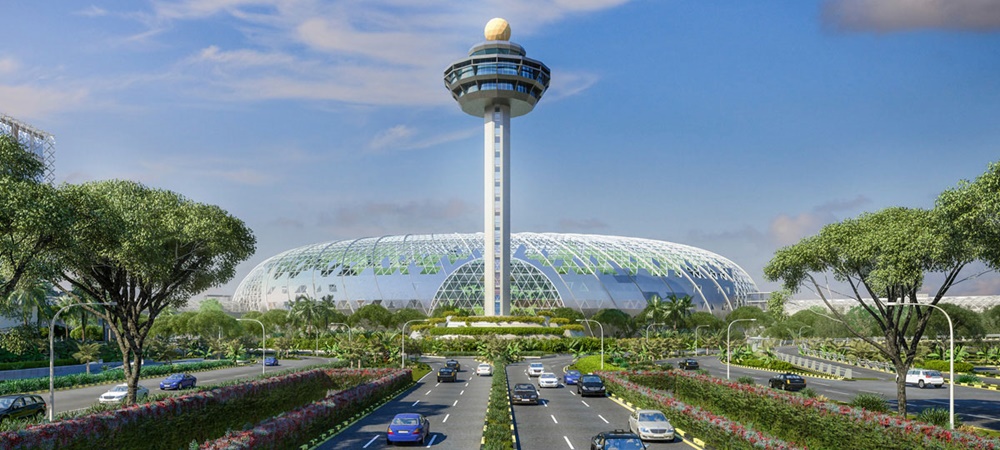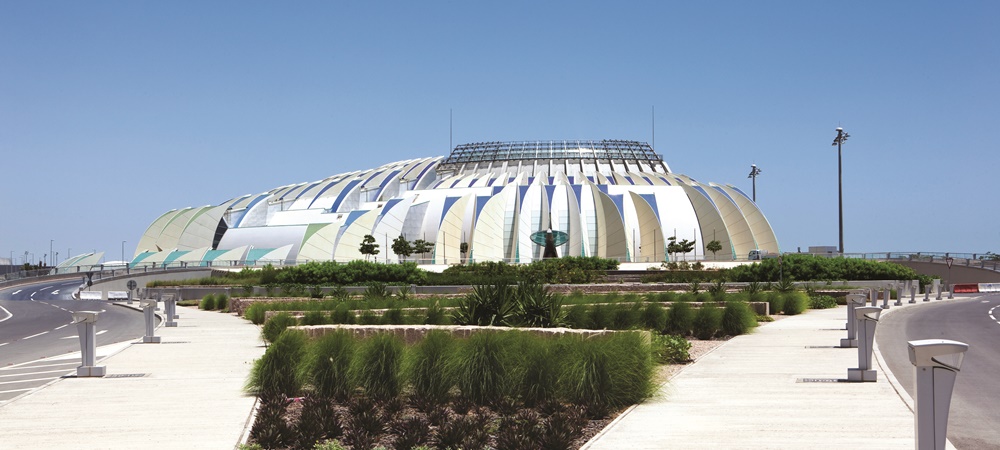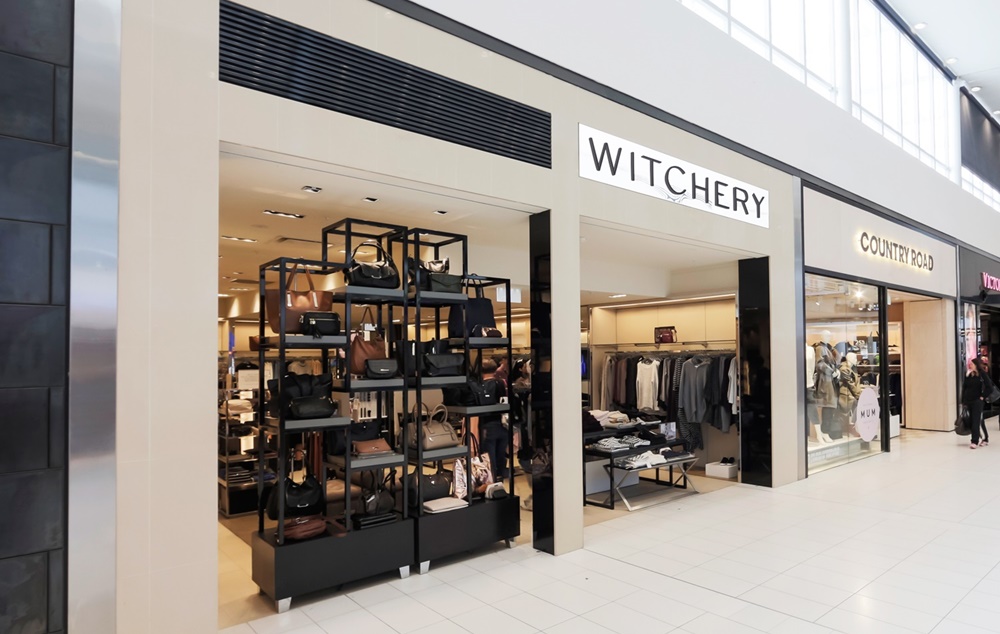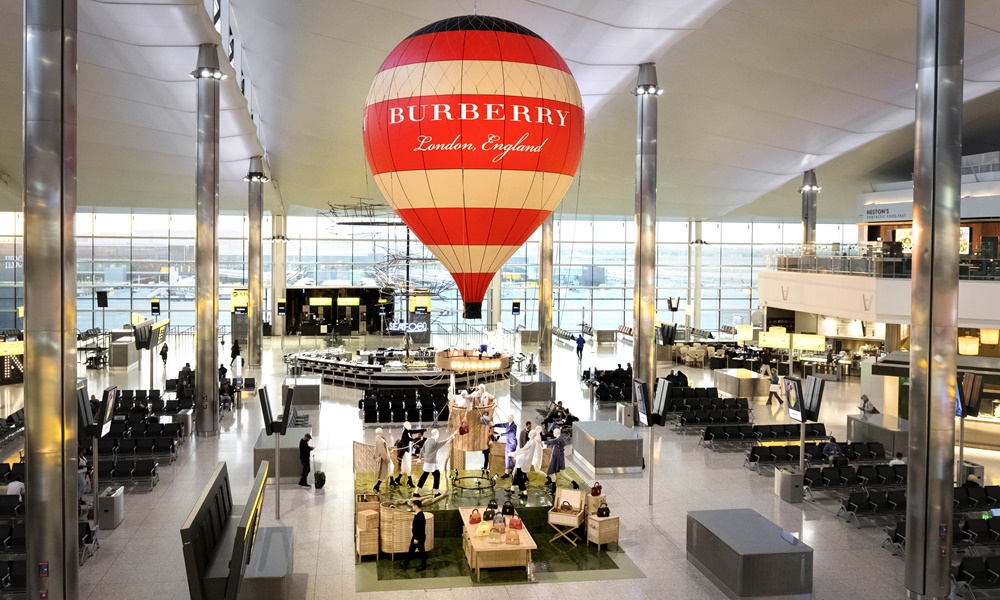Image: Rendering of the new Jewel Changi Airport complex.
Opened in 2014, Qatar’s Hamad International Airport features 25,000 square metres of shops, restaurants, and two hotels, all designed with an oasis theme; London Heathrow’s T5 now offers a complimentary personal shopping service; and Abu Dhabi’s Midfield terminal, expected to open in 2019, will be arranged around an indoor park. No longer limited to a few duty free shops and a newsagent, airports—and their retail offerings—are becoming bigger and better.
With more people travelling than ever before, airports have seen their passenger numbers rise and with them, the ability to capitalise on their spending. Concession Planning International (CPI) works with airports to help plan their terminal layouts and select the appropriate commercial mix for passengers, and CPI Australia managing director Susan Gray says that while airports have historically received the largest portion of their income from airlines, through landing fees and other charges, this has changed in recent years.
“There are now many airports in the world which generate more revenue from commercial activities, including retailing, than they do from airline income,” she says. “So it’s very important.”
In fact, with around 3.6 billion global passengers in 2016, Verdict Retail expects sales at airports to grow by 73 per cent between 2013 and 2019.
The Emiri Terminal at Qatar’s Hamad International Airport.
The ‘golden hour’
In order to encourage passengers to part with their money, airports are focusing on the ‘golden hour’, or the window passengers have between clearing security and boarding a plane. During this time travellers represent a captive audience, with nowhere to go but the airport terminal. The theory is that, at a lose end and with time on their hands, passengers will be willing to shop.
“This period between clearing security and being called to the gate for boarding is the sweet spot for airports and their retailers,” says Gray. “If they can get the right product mix for their passengers, airports can generate impressive non-aeronautical income.”
Part of capitalising on the golden hour has seen many airports emulate shopping centres, with a mix of high end and high street retail, and numerous food and beverage options. Rather than simply acting as a transit space for people on the way to their final destination, airports have begun to insert themselves into the journey by offering experiences not usually associated with air travel.
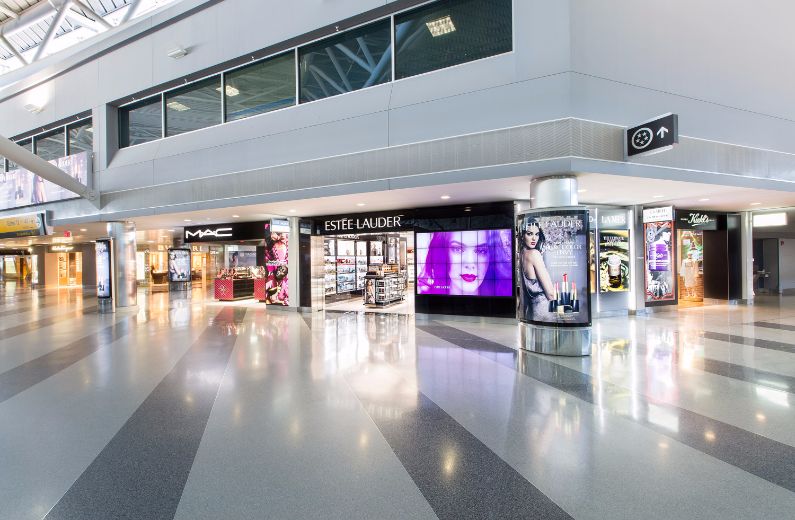
At JFK’s T8 passengers get a taste of NYC without leaving the airport.
Nowhere is this development more obvious than in the partnership between global shopping centre giant Westfield and airports across the US. Describing itself as ‘at the forefront of the retail experience revolution’, Westfield ‘crafts a fully customisable journey which aligns with and reflects each city’s unique style, spirit and culture’.
Westfield manages approximately 700 retailers in North American airports including New York’s JFK and Los Angeles International, and generates more than US$860 million in annual sales. At JFK’s Terminal 8, the Westfield group has created a New York shopping and dining experience by curating a blend of local restaurants and 5th Avenue retailers. This allows passengers to get a taste of New York without even leaving the airport.
Singapore’s Changi Airport, which has been voted the world’s best airport by travellers in the Skytrax awards for the past five years, aims to deliver the ultimate airport retail experience through a partnership with CapitaLand Malls Asia on the new Jewel Changi Airport complex.
When finished, Jewel will feature Singapore’s largest indoor garden complete with a light and sound show and 40 metre high rain vortex, along with more traditional retail and restaurant offerings.
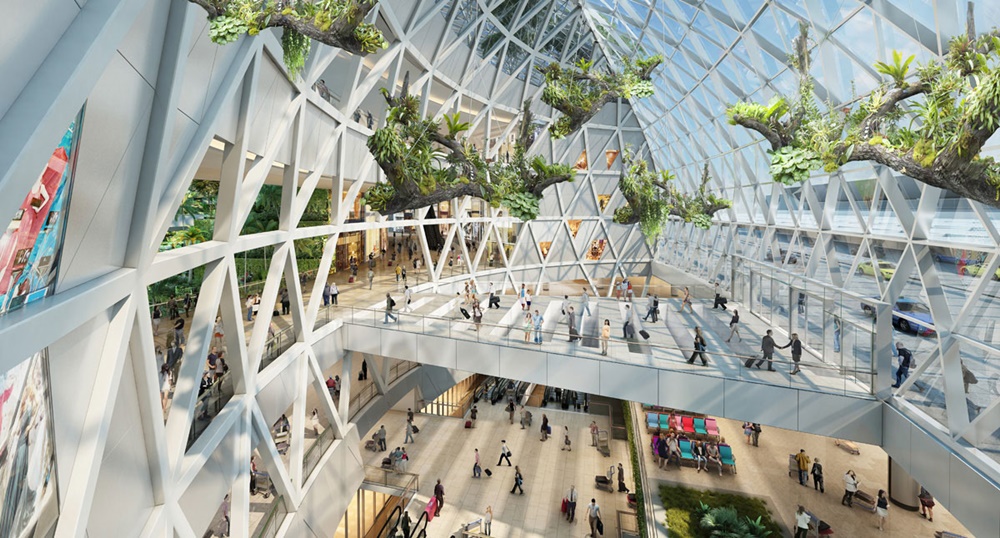
The Jewel Changi Airport complex is expected to open in 2019.
“Changi Airport Group (CAG) is partnering with CapitaLand Malls Asia as the latter has extensive experience in the retail space, including the management of prestige malls such as ION Orchard in Singapore,” says Ryann Tan, CAG senior manager – corporate marketing and communications.
“The integration of world-class retail brands and unique dining concepts with indoor gardens and leisure attractions is expected to make Jewel a one-of-a-kind lifestyle destination for both local residents and tourists.”
Apart from giving discerning passengers a reason to transit through Changi rather than other airports, Gray says these initiatives are all about getting passengers in the mood to spend.
“Today, airports are increasingly aware that a passenger’s mindset will have a strong influence over their propensity to spend,” she explains.
“It’s always important to remember that for many, going to the airport is still a rare experience and it can be daunting or scary… We are always trying to make sure that passengers are put at ease [so that] they are in the mindset to start relaxing and enjoying their trip before they have even boarded the plane.”
Witchery and Country Road at Sydney Airport.
The challenges of airport retailing
How long passengers are in the airport is also crucial. Data published by Dolby and Holder Consulting suggests that the amount passengers will spend doubles as the dwell time increases from 30 minutes to 80 minutes.
However, just because passengers are stuck in an airport doesn’t mean they will spend money. Along with stressed travellers and time constraints, the greatest challenge of airport retailing is that, unlike in a shopping mall, most people in an airport are not there to shop. This means airports have to go above and beyond by designing terminals with selling in mind.
Seasonality is another issue, particularly for fashion retailers as, in most markets, if it’s winter the majority of passengers will be travelling to warm destinations and vice versa. There is also less storage space, and all stock needs to pass a security check.
“Some major domestic retailers have adapted really well to the airport environment, for example Witchery and Country Road,” says Gray.
“Their airport stores are much smaller than most typical stores so they have to pull together a very core range and offer basics that suit most age groups and shapes so they have broad appeal. They are often also operating with less storage and change room space.”
Burberry on display at London Heathrow.
Global shop window
When airport retailing is done well, it becomes an increasingly important revenue stream for airports, along with the retailers themselves. A store in a large international terminal will expose a brand to thousands of potential customers a day, from all over the world, who may not have encountered the products in their home country.
The idea of an airport as a ‘global shop window’ has led to international brands developing airport specific retail departments, including beauty leader L’Oreal which labelled airport retailing ‘the sixth continent’ in its 2014 annual report. The brand also uses the extensive data airports collect on passengers to tailor its offerings in different locations around the world.
“Travel customers are global shoppers who buy not only where they live but also whilst travelling,” says a spokesperson for the brand.
“L’Oreal has studied the destinations favoured by each nationality among these customers in order to offer them a personalised approach with tailored experiences, beauty consultants who speak their language, targeted product choices and even point-of-sale events celebrating their holidays.”
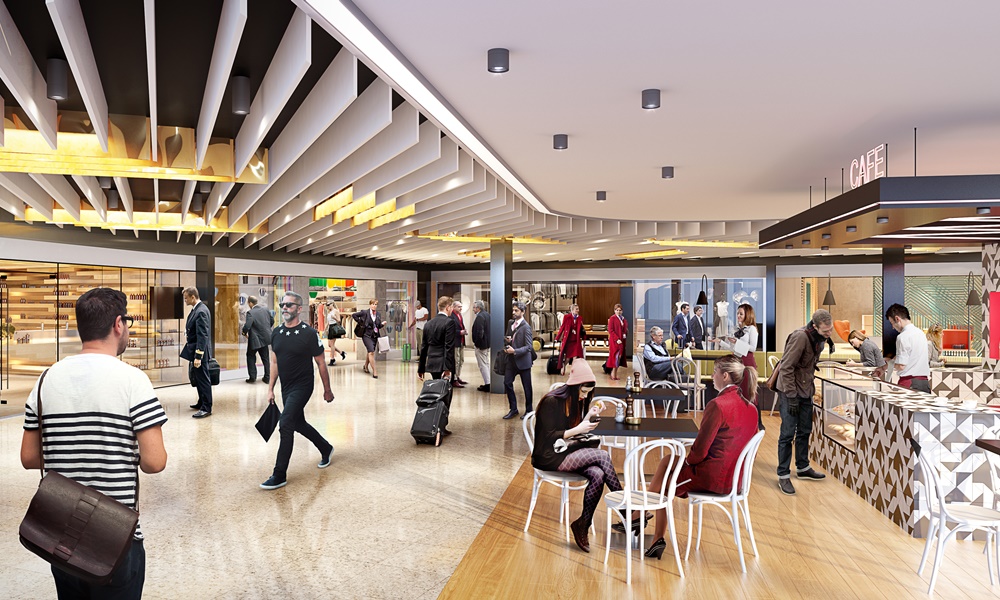
Melbourne Airport T2.
Leasing an airport store can also be a smart move for smaller brands. These not only bring a local flavour to the terminal but are able to get a lot more exposure than they would on a high street or in a suburban shopping centre. This has been done well at Melbourne Airport’s T4, where the aim was to reflect the city’s reputation as a leading fashion destination with a range of local brands.
“Celebrating Melbourne was a key focus for us at the new terminal, as well as expanding the shopping experience,” says Andrew Gardiner, executive – customer, Melbourne Airport. “We’re very pleased to welcome some of the city’s best-known and most-loved brands along with some new international stores.”
The sky’s the limit
In the future, the focus on retail in airports and other transport hubs, including train stations, will only grow. Not only are these places hot spots for stores looking to expose their brands to a large audience, they also present a convenient place to shop for busy travellers.
“Major stations occupy prime real estate and have very high traffic,” says Gray. “As railway stations around the world come under pressure to make a profit, they are turning to commercial activities such as retail and food and beverage.
“In most instances this has been to the benefit of the consumer; some of the UK’s main rail stations are now amazing shopping centres and eating destinations in their own right.”
Want the latest retail news delivered straight to your inbox? Click here to sign up to the retailbiz newsletter.

